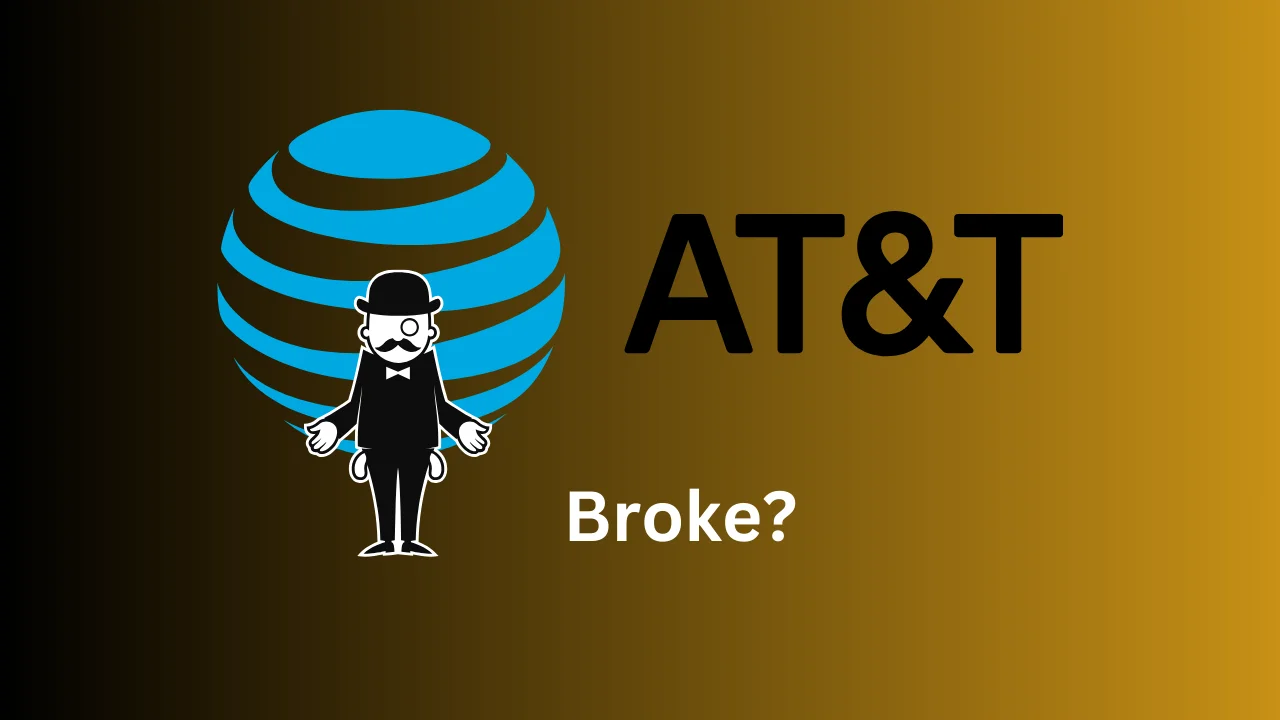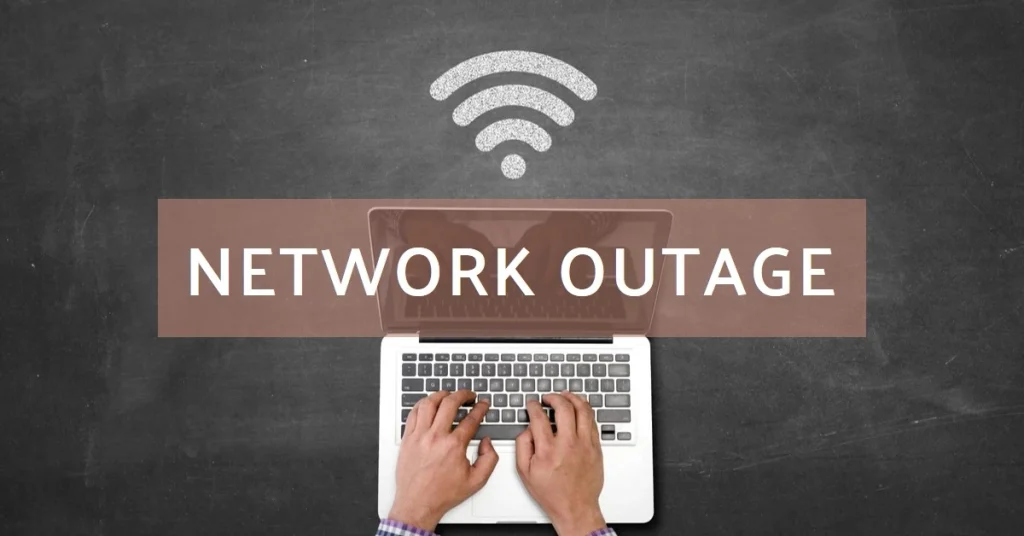Across the nation, smartphone users are facing a frustrating reality: an AT&T service outage.
While the specifics of the cause are still unfolding, one thing remains clear – navigating this disruption requires knowledge, resourcefulness, and a touch of patience.
This analysis delves deep into the outage’s implications, offering practical advice and insights to help you stay connected and informed.
Understanding the AT&T Outage Landscape: What’s Happening and Why?
On Thursday, a widespread cellular outage impacted users across the United States, affecting major carriers like AT&T, T-Mobile, and Verizon. While the specific cause remains under investigation, reports and industry trends offer some insights into the possible culprits:
1. Technical Glitch:
Outage occurrences can sometimes be attributed to software updates or internal system malfunctions within the carrier’s network infrastructure. While specifics are yet to be confirmed, it’s a potential explanation for the simultaneous impact across multiple carriers.
2. Hardware Failure:
Equipment malfunctions, such as power outages at cell towers or issues with fiber optic cables, can disrupt service in localized areas or even wider regions. Investigating the extent and location of affected users can help pinpoint if hardware failure played a role.
3. Cyberattack:
While less likely, the possibility of a coordinated cyberattack targeting multiple carriers cannot be entirely ruled out. Such attacks aim to disrupt or disable services, causing widespread inconvenience and potential security concerns.
4. Infrastructure Overload:
Surges in network traffic due to peak usage or specific events can overwhelm carrier infrastructure, leading to service disruptions. Analyzing user reports and network activity around the time of the outage can shed light on this possibility.
5. Weather Events:
Although the outage occurred across various regions, localized weather events like heavy storms or power outages could have contributed to service disruptions in specific areas. Checking weather reports and correlating them with user-reported outage locations can aid in understanding the impact.
6. Staying Informed:
As the investigation unfolds, stay updated through official channels like carrier websites like USA NEWS. These sources often provide the latest information on the cause, affected areas, and estimated repair times.
Detecting the Disruption: Checking for Outages in Your Area
Before troubleshooting, confirm if an outage is indeed affecting your service. Here are some handy tools:
- AT&T Outage Map: This real-time map provides a visual representation of reported outages across the country. Simply enter your address or zip code to see if your area is affected.
- Third-Party Outage Trackers: Websites like Downdetector and Outage. Report aggregate user reports of service disruptions. While not official sources, they can offer valuable insights into the scope and severity of the outage.
- Customer Service Representatives: While wait times may be longer during an outage, contacting AT&T’s customer service can provide personalized information about your specific situation.
Reporting the Issue: Making Your Voice Heard
If you’re experiencing an outage, reporting it to AT&T helps them understand the scope of the problem and prioritize repairs. Here’s how:
- Official Website: Login to your MyAT&T account and report the outage through the online form.
- Mobile App: Use the MyAT&T app to report the issue directly from your smartphone.
- Social Media: Reach out to AT&T on Twitter or Facebook, mentioning your specific location and the nature of the issue.
- Phone Call: If online options are unavailable, call AT&T’s customer service line at 1-800-288-2020.
Troubleshooting Tips: Taking Back Control (When Possible)
While a widespread outage may be beyond individual control, there are steps you can take to try and restore some connectivity:
- Restart Your Device: A simple power cycle can sometimes resolve temporary glitches.
- Check for Software Updates: Ensure your device and apps are running the latest versions.
- Connect to Wi-Fi: If available, try connecting to a Wi-Fi network for internet access.
- Alternative Communication Channels: Consider using messaging apps like WhatsApp or Telegram, which may still function despite the outage.
The unfortunate reality of an AT&T outage is its potential impact on the SOS feature on iPhones. SOS is a feature on your iPhone that allows you to quickly call emergency services.
When you make a call with SOS, your iPhone automatically calls the local emergency number. During an outage, the phone may struggle to connect to emergency services, leaving the user with a limited “SOS Only” functionality.
So, let’s take a look at how you can handle your iPhone SOS issue.
The SOS Conundrum: When Outage Meets Emergency Feature
a. Here’s Why Does Your Phone Say Sos:
- SOS relies on cellular data: When the cellular network is down, the phone cannot communicate with emergency services through the traditional voice call method.
- Limited functionality: In “SOS Only” mode, the iPhone can still send emergency alerts with the user’s location and medical ID (if enabled), but making a voice call may not be possible.
b. Troubleshooting the SOS Issue:
- Turn Airplane Mode on and off: This can sometimes force the phone to re-establish a connection.
- Move to a location with a better signal: If possible, try going to an area with stronger cellular reception.
- Connect to Wi-Fi: If Wi-Fi calling is enabled, you may be able to make an emergency call over a Wi-Fi network.
- Contact emergency services directly: If the issue persists, consider contacting emergency services through alternative means, such as a landline or by going to the nearest emergency location.
A Look Ahead: Lessons Learned and Future Preparedness
While outages are disruptive, they can also serve as valuable learning experiences. Here are some key takeaways:
- Be informed: Stay updated on the latest news and information regarding the outage through official channels and reliable sources.
- Explore alternative communication methods: Having backup options like messaging apps or landlines can be crucial during outages.
- Consider outage insurance: Some mobile insurance plans offer coverage for service disruptions, providing financial assistance or alternative communication options.
- Advocate for improved infrastructure: By voicing concerns and participating in discussions about network resilience, we can collectively push for more reliable communication systems.
Remember, patience and persistence are key during these times.





